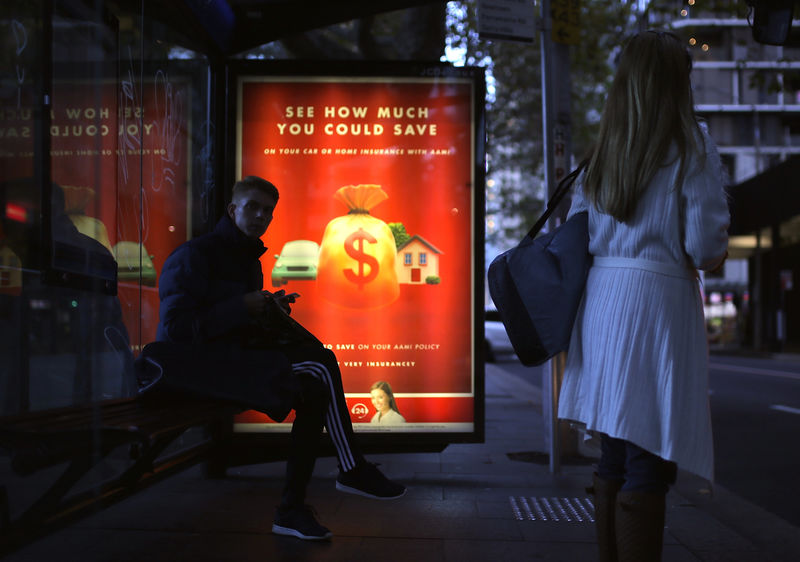Investing.com -- Australian consumer price index inflation grew at a slower-than-expected pace in May on smaller advances in fuel prices, although a gauge of core inflation showed that other factors pushing up inflation were still in play.
Australia CPI rose 5.6% in the 12 months to May, lower than expectations for a rise of 6.1% and a sharp drop from the 6.8% seen in April, data from the Australian Bureau of Statistics (ABS) showed on Wednesday.
The drop in inflation was largely driven by falling automotive fuel prices, amid weakness in global crude markets, with the overall CPI indicator marking its smallest rise since April 2022.
“While prices have kept rising for most goods and services, many increases were smaller than we have seen in recent months,” Michelle Marquardt, ABS head of prices statistics said in a note.
But barring volatile items such as fuel, fresh food, and holiday travel, CPI inflation grew 6.4% in May, down only slightly from the 6.5% seen in April. The reading, while off a 7.1% peak hit in December, indicated that May’s drop in overall inflation was largely driven by weakness in global oil prices, and that the underlying trends pushing up Australian inflation were still in play.
Housing, food, and household goods inflation remained strong through May.
Still, with both overall and core CPI inflation moving away from recent peaks, markets began pricing in the possibility that the Reserve Bank of Australia may soon cease its rate hike cycle.
The Australian dollar slid 0.8% on Wednesday, while the ASX 200 index rallied 1.3% following the inflation data, on the prospect of an RBA pause. The bank had shocked markets with two back-to-back rate hikes over the past two months, as inflation showed little signs of slowing down.
But even with a potential pause in the RBA’s rate hike cycle, the Australian economy is expected to cool substantially in the coming months, with rates likely to remain higher for longer.
